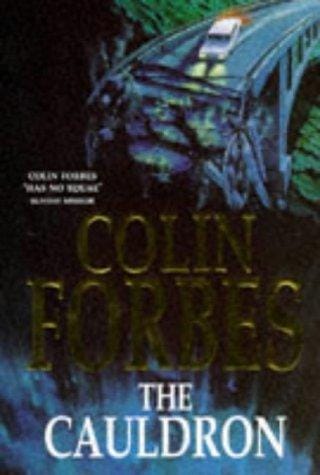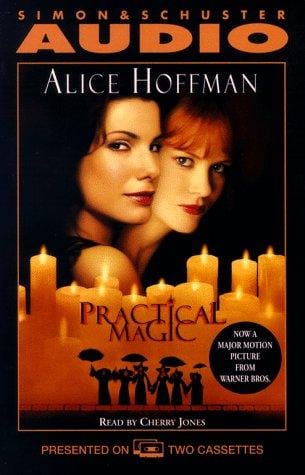Cauldron: From Ancient Hearths to Modern Kitchens
Discover the cauldron’s history, symbolism, and modern uses. Learn how to choose, cook with, and care for this timeless cast-iron vessel in your own kitchen or fire pit.

The Cauldron: More Than Just a Pot
The word “cauldron” instantly evokes images of bubbling brews, smoky hearths, and age-old tales whispered around the fire. Yet this iconic vessel is far more than a spooky prop or fairy-tale cliché. The cauldron has served humanity for thousands of years, helping people cook, dye cloth, brew medicines, and perform sacred rites. Today, the humble cauldron continues to inspire chefs, historians, and spiritual practitioners alike. In this article we explore the rich history, construction, practical uses, and modern revival of the cauldron so you can decide whether to add one to your own kitchen or garden fire pit.
A Brief History of the Cauldron
Archaeologists have uncovered bronze and iron cauldrons in Celtic, Greek, Roman, and Chinese sites dating back as far as 800 BCE. Early cauldrons were status symbols because metal was expensive and difficult to work. In many cultures, the largest cauldron in a village belonged to the community, used for feasts and ceremonies that reinforced social bonds. Over time, cauldrons evolved alongside metallurgy; cast-iron became widespread in the Middle Ages, allowing common households to own a durable cooking vessel. Myths such as the Celtic Gundestrup Cauldron or the Welsh Cauldron of Rebirth turned the pot into a symbol of endless nourishment, transformation, and immortality.
Construction and Materials
Traditional cauldrons were forged from bronze, wrought iron, or later cast iron. Iron remains popular because it distributes heat evenly and withstands open flames. Modern manufacturers also offer stainless steel and food-grade aluminum options for lighter weight and easier cleaning. A proper cauldron features thick walls, three sturdy legs, and a bail handle for hanging over a tripod. The legs keep the pot stable in hot coals while allowing airflow underneath, which improves combustion efficiency. When buying, inspect the thickness, look for seamless casting, and ensure the bail handle can support the vessel when full of liquid.
Culinary Uses You Might Not Expect
Although slow stews and hearty soups are classic cauldron fare, the vessel’s shape and heat retention open a world of culinary possibilities. Its rounded bottom encourages convection, circulating flavors while preventing scorching. Outdoor enthusiasts simmer jambalaya, chili, and cider in cauldrons hung over campfires. Home brewers use small enamel-lined models to craft Belgian ales. Bakers place a preheated cauldron lid over bread dough to mimic a Dutch oven, creating crisp crusts and moist interiors. If you harvest shellfish, a cauldron makes an excellent steamer because the wide mouth accepts a seafood basket and the depth keeps broth from boiling over.
Symbolism in Myth, Magic, and Religion
No discussion of cauldrons is complete without touching on their deep symbolic roots. In Celtic mythology, the Cauldron of Dagda supplied unending nourishment, while in Welsh legend, Ceridwen’s cauldron granted wisdom. Wiccan practitioners see the cauldron as the womb of the Goddess, representing rebirth and transformation. During Samhain, many modern pagans burn herbs in small iron cauldrons for purification. In Afro-Caribbean traditions like Santería, a cauldron—often called a “sopera”—is dedicated to specific orishas and filled with sacred objects. Even mainstream culture nods to the cauldron’s mystique whenever a Halloween witch stirs her frothing potion.
Modern Applications Beyond Folklore
Contemporary chefs embrace the cauldron for farm-to-table events, where dramatic open-fire cooking entertains guests and imparts smoky depth to dishes. Event planners rent decorative cauldrons as rustic punch bowls or ice buckets. Gardeners repurpose cracked cast-iron models as planters, letting herbs spill over the rim in a charming nod to medieval apothecaries. Soap makers and homesteaders appreciate the cauldron’s generous capacity for melting fats and stirring lye solutions. Survivalists keep folding tripod stands and cast-iron cauldrons in their bug-out kits because the vessel can purify water, cook game, and even serve as a washbasin.
How to Choose the Right Cauldron
Start by identifying your primary use. For kitchen stovetops, select an enamel-coated cast-iron model with a flat base to sit securely on burners. If you plan outdoor cooking, a legged design with a bail handle is essential. Capacity matters: a three-quart cauldron suits small families, while a 16-quart model feeds a crowd. Weight is another factor—cast iron excels in heat retention but can be heavy; aluminum sacrifices some performance for portability. Finally, verify that any decorative finishes are food safe; some antique or ornamental cauldrons contain lead-based paints and should be used only as display pieces.
Caring for Your Cauldron
Proper maintenance prolongs a cauldron’s life for generations. Season uncoated cast iron by coating it with thin vegetable oil and heating it until the surface darkens. After cooking, avoid harsh detergents; instead scrub with coarse salt and hot water, then dry thoroughly to prevent rust. Store the cauldron in a dry place with the lid ajar, allowing air circulation. If rust develops, scour with steel wool, rinse, dry, and reseason. Stainless steel cauldrons are lower maintenance but still benefit from gentle cleaning to preserve their shine. Always lift a full cauldron with heat-resistant gloves and sturdy hooks to avoid burns and spills.
Conclusion: The Timeless Appeal of the Cauldron
From ancient harvest feasts to backyard chili cook-offs, the cauldron has endured as a versatile vessel and cultural icon. Its rounded belly cradles simmering flavors, its iron walls tell stories of communal gatherings, and its symbolism invites us to reflect on cycles of death and rebirth. Whether you seek a functional pot for outdoor stews, a centerpiece for your patio, or a sacred tool for ritual, the cauldron offers durability, history, and a touch of mystery. Embrace this timeless tool and you may find that every meal—or magic spell—tastes a little richer when prepared in a cauldron.



